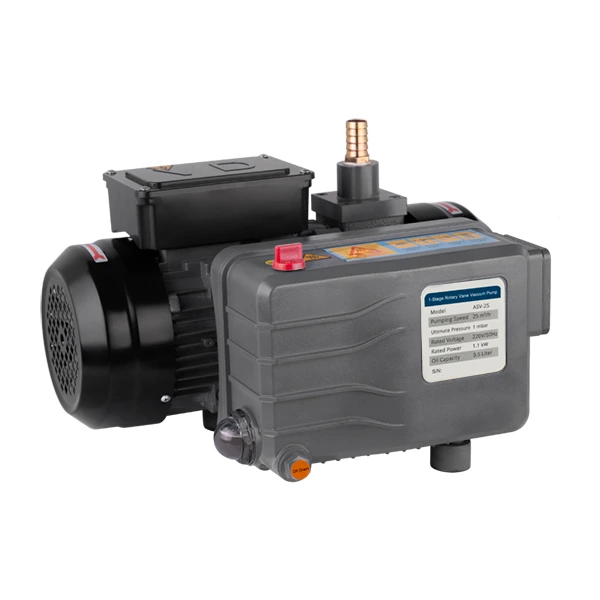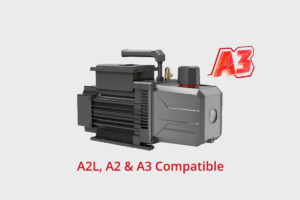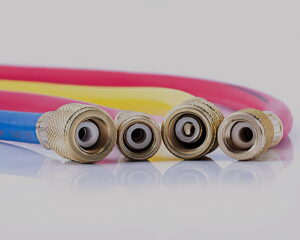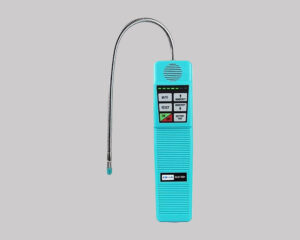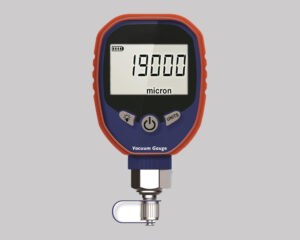A Latin American customer nearly halted testing on our small rotary vane vacuum pumps when they recorded a blistering 120°C surface temperature. Their concern? “How can this pump last if it’s running this hot?” But here’s the twist: those temperatures weren’t a flaw. They were normal.
This scenario highlights a common misconception: that vacuum pumps of all sizes should operate at similar temperatures. In reality, small pumps often run hotter by design. Let’s unpack why and how to tell if your pump is overheating or just doing its job.
The Temperature Gap: Small vs. Large Pumps
- Large pumps: Surface temps hover around 60°C.
- Small pumps (50 Hz): Typically 90–110°C.
- Small pumps (60 Hz): Can hit 110–130°C.
These ranges aren’t arbitrary. They stem from fundamental differences in engineering and operation.
4 Reasons Small Pumps Run Hotter
- Cooling Systems: Big Pumps Have Backup
Large pumps often use dual cooling fans (one in the motor, one standalone) to force airflow over critical components. Small pumps? They rely solely on the motor’s integrated fan. Less airflow means heat builds faster.
Practical impact:
The updated small pump features an additional fan within the body, reducing temperature by 15-30°C based on testing results.
- Motor Speed: The RPM Double-Edged Sword
Small pumps use compact 2-pole motors spinning at 2,880 rpm (50 Hz) or 3,456 rpm (60 Hz). Larger pumps employ slower 4-pole motors (1,440 rpm @50 Hz). Faster rotation = more friction = more heat.
Key fact:
Every 10% increase in motor speed raises operating temps by roughly 8–12°C in oil-lubricated pumps.
- Oil Viscosity: Thicker Isn’t Better
Vacuum oil acts as both lubricant and coolant. Using oil with a viscosity of 100 (instead of the recommended 46) in a small pump is like forcing it to jog through tar:
- Heat transfer slows by 40–60%
- Operating temps jump 20–30°C
Pro tip:
Check oil clarity monthly. Dark, sludgy oil loses viscosity and cooling efficiency.
- Ambient Temperature’s Sneaky Role
A pump rated for 110°C in a 25°C lab will hit 130°C in a 40°C factory. Heat has nowhere to dissipate when surrounding air is already hot.
Simple fix:
Install pumps at least 30 cm from walls/equipment to improve airflow.
When Should You Worry? 3 Red Flags
- Sudden spikes: A stable 120°C pump jumping to 140°C signals bearing wear or oil breakdown.
- Localized hot spots: Use an IR thermometer. Housing temps should be uniform (±5°C).
- Performance drops: Rising temps paired with longer evacuation times often mean internal leaks.
Case Closed: Why Our Customer Stayed
We showed the client:
- Their 120°C reading matched the pump’s design specs
- Historical data from 200+ identical pumps showed no failures at ≤130°C
- We provided a viscosity chart for their climate (they’d been using winter-grade oil in summer)
They completed testing—and became a repeat buyer.
